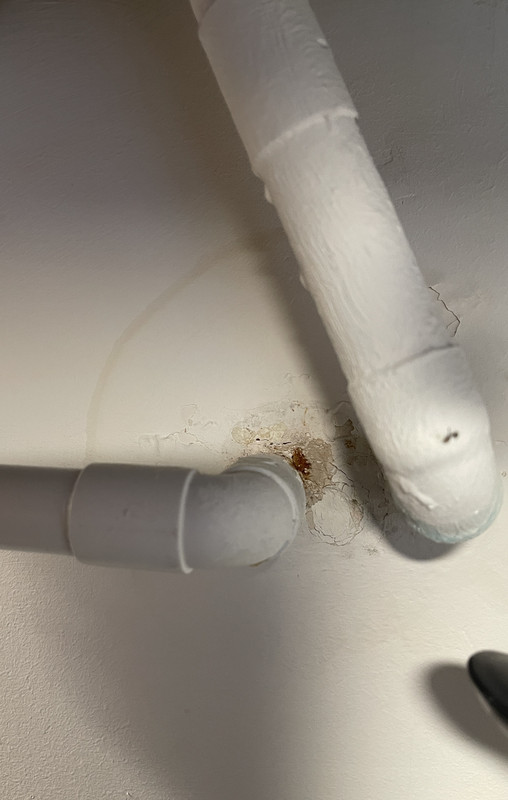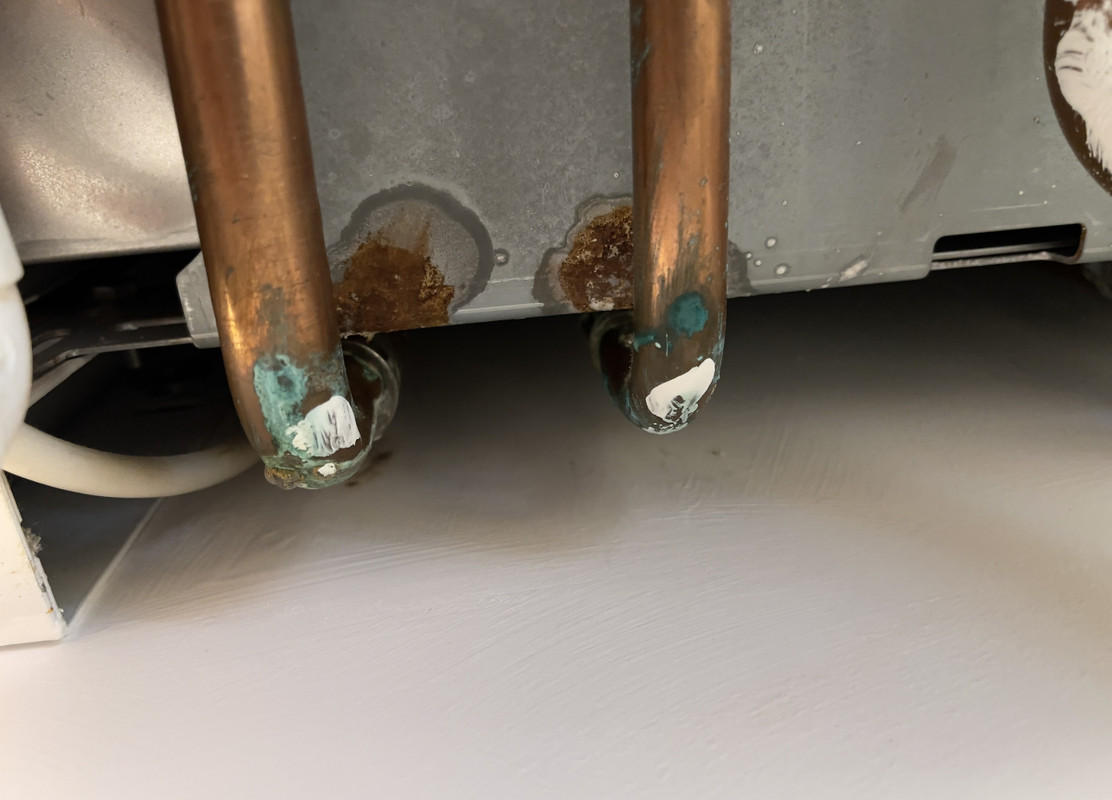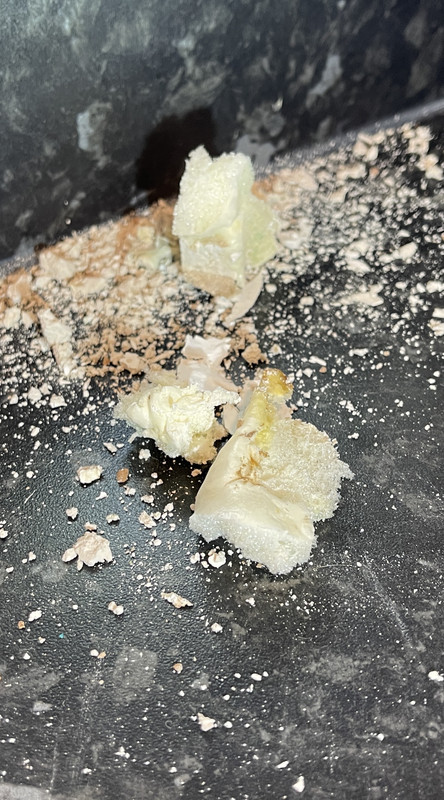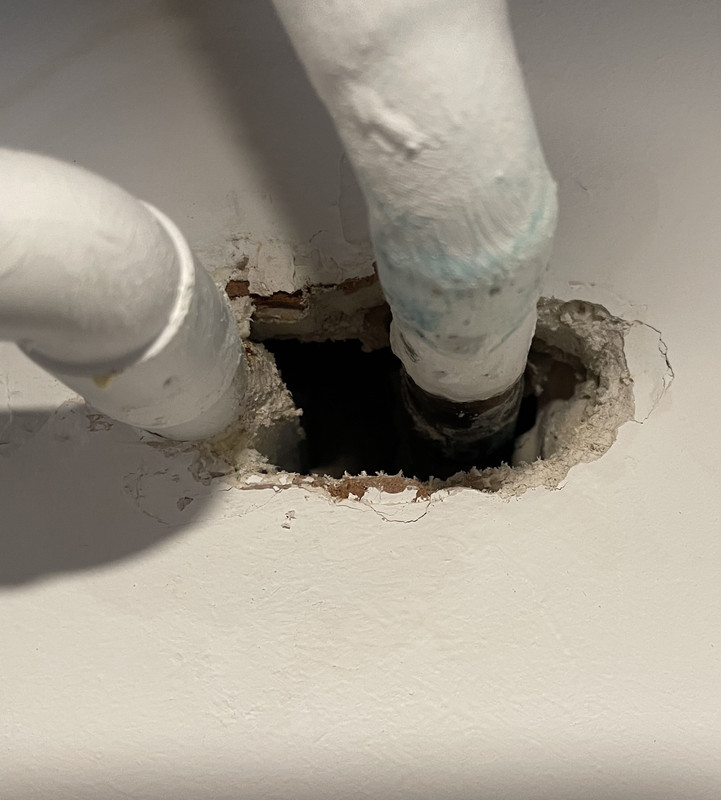- Joined
- 26 Jul 2018
- Messages
- 164
- Reaction score
- 5
- Country

Hi, I live in a four year old new build.
I noticed this morning whilst checking the pressure of my boiler that under the boiler, there are two pipes which go into the wall from the base of the boiler. There are now visible cracks in the pain to the side and above the two pipes as well as a strange mark in the shape of a circle in the general area.
I have touched the wall and it does not seem wet, I can find no leaks or dripping anywhere, all pipes are dry.
Is this anything to worry about?
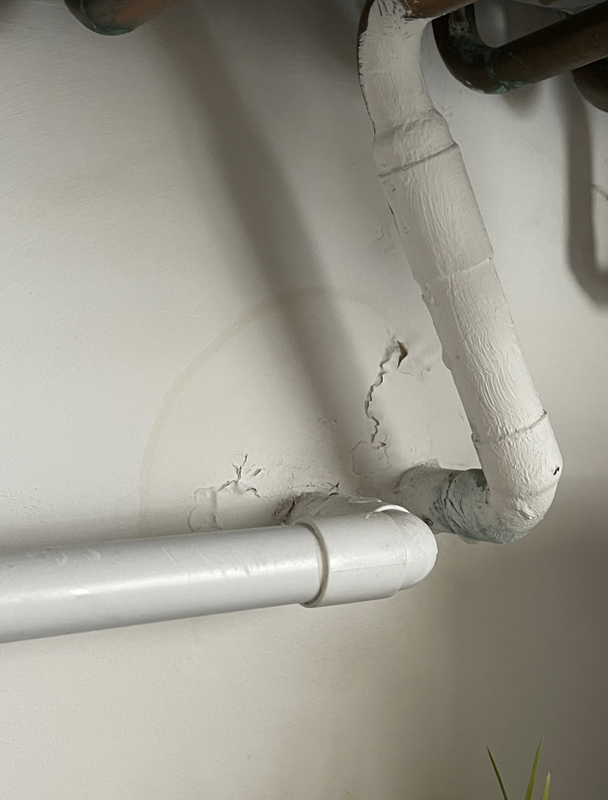
I noticed this morning whilst checking the pressure of my boiler that under the boiler, there are two pipes which go into the wall from the base of the boiler. There are now visible cracks in the pain to the side and above the two pipes as well as a strange mark in the shape of a circle in the general area.
I have touched the wall and it does not seem wet, I can find no leaks or dripping anywhere, all pipes are dry.
Is this anything to worry about?



